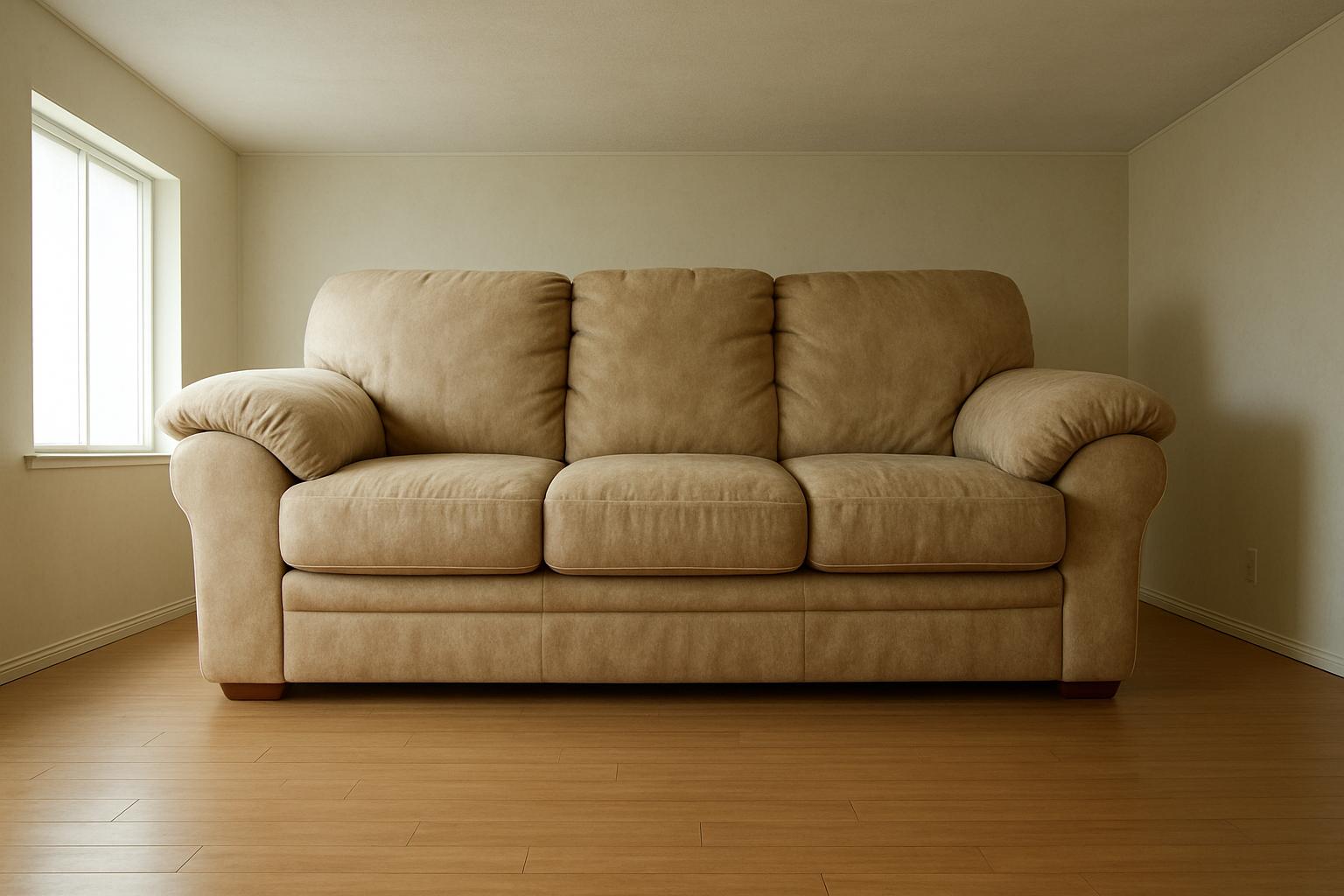American family homes have shrunk by approximately 11 percent over the past decade, reflecting a significant shift in residential design driven largely by soaring construction costs and rising home prices. According to an analysis by John Burns Research & Consulting, the average size of single-family homes has declined as builders adopt strategies to reduce costs amid a 74 percent increase in price per square foot over ten years. One notable trend is the elimination of non-functional spaces, such as hallways, in favour of more efficient, 'Tetris'-style floor plans that maximise usable living areas.
This reduction in square footage does not merely involve shrinking rooms but involves a design philosophy that trims homes to their bare essentials. Entry-level homes, in particular, are increasingly characterised by simpler finishes, smaller kitchens, and reduced outdoor spaces, making affordability the priority. John Burns Research & Consulting highlighted the changing dynamics of home design, noting that homes once intended for millennials also attracted baby boomers due to larger floor areas. However, current market pressures are forcing builders to omit many previously standard features, such as surplus storage, which notably shrinks in these entry-level properties even as it expands in homes tailored for older, more affluent downsizers.
The trend towards smaller homes is reflected nationwide. By early 2025, the average home listed for sale had decreased to about 1,800 square feet, down 7 percent from five years prior, with homes under construction reaching their smallest average size since 2010. This is consistent with data from the U.S. Census Bureau, which showed a drop from 2,256 square feet in early 2023 to 2,140 square feet in 2024 for single-family homes under construction. Major builders like Lennar and DR Horton are embracing more compact designs with open floor plans, particularly in markets such as Indianapolis, to appeal to first-time buyers facing affordability challenges.
Survey data supports this narrative, with about a quarter of architectural floor plans being downsized to cut costs. The median size of new single-family homes sold in 2023 was 2,286 square feet, slightly down from 2,328 square feet in 2022. Other industry research shows a steady downward trend in new home sizes since their peak around 2015, with the median size dropping to roughly 2,140 square feet by early 2024—the smallest in over a decade. Builders are adapting by incorporating features such as porches and patios to make smaller homes feel larger and more livable.
Design adaptations extend beyond square footage. The introduction of 'flex spaces'—rooms designed for multiple purposes—has become widespread, featuring in about 53 percent of new home designs. These spaces can serve as offices, dining areas, or additional bedrooms, offering versatile solutions for modern living in smaller footprints. Meanwhile, interior design trends such as minimalism, statement lighting, and so-called 'dopamine décor'—which emphasises mood-enhancing aesthetic choices—are helping sellers attract buyers looking to maximise the feel of smaller spaces.
Despite these shifts, the market segmentation between entry-level buyers and move-down buyers is growing more pronounced. Move-down buyers, often older and seeking to downsize, tend to be more affluent and less willing to sacrifice features, favouring homes that accommodate evolving family needs, including larger households with extended family members. Meanwhile, entry-level homes face increased trade-offs in finishes and available space.
The response from homebuilders reflects a market adapting to affordability constraints, with narrower houses, fewer doors and windows, and simplified cabinetry becoming common to reduce costs. The median new-home size has contracted by around 4 percent in recent years, reaching levels unseen since 2010. This downsizing trend is generally understood as a strategic adaptation to inflationary pressures in construction and the challenges of meeting first-time buyer demand.
In summary, shrinking American homes illustrate a broader trend in residential real estate toward efficient, cost-conscious design that meets the needs of today’s buyers without the excesses of previous decades. Whether this shift will stabilise or reverse as market conditions evolve remains to be seen, but current data strongly suggests the era of ever-larger single-family homes has paused in favour of innovation and adaptation in smaller, more functional spaces.
📌 Reference Map:
- Paragraph 1 – [1], [3], [6]
- Paragraph 2 – [1], [3], [5]
- Paragraph 3 – [2], [4], [5]
- Paragraph 4 – [3], [5], [7]
- Paragraph 5 – [1]
- Paragraph 6 – [1], [6]
- Paragraph 7 – [6], [2]
Source: Noah Wire Services
